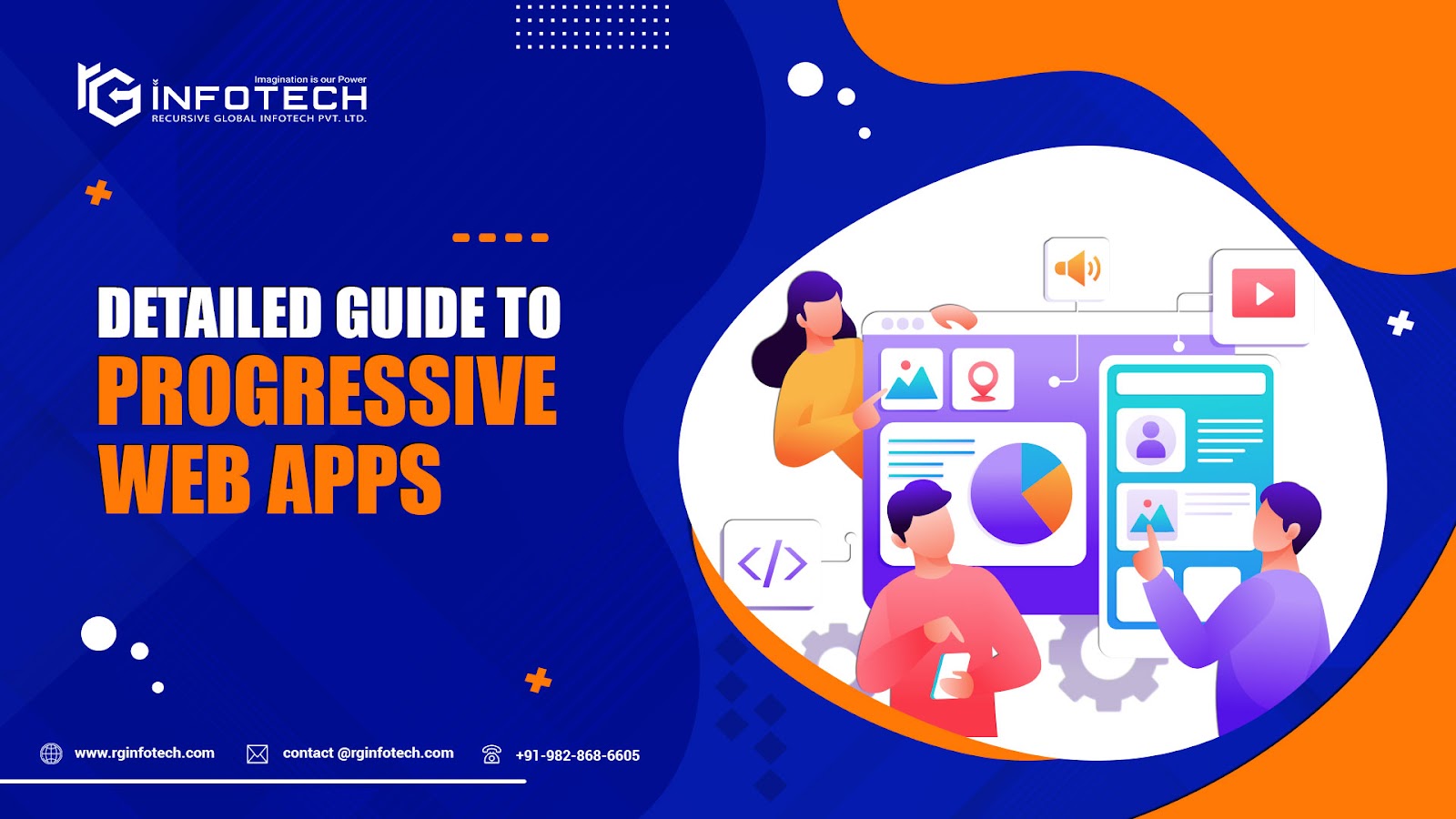E-Learning Buisness Model : How To start successful elearning businesses
You have a strong desire to teach, a wealth of knowledge that may be imparted to the public, and an entrepreneurial spirit. According to your analysis, the eLearning market is quite profitable and is constantly expanding. Interesting, huh? You are prepared to start the process of establishing your own eLearning company. But wait—how do I begin? We'll tell you the truth. Any business establishment is not a simple task. Similarly to this, starting an eLearning business might be difficult, but only if you do so incorrectly from the beginning. Fortunately for you, we have put up a 6-step plan that can assist you in realizing your goal of launching a successful e-learning company.
E-Learning Business: An Overview
The delivery of learning through digital resources is known as eLearning. It gives you the convenience of learning from anywhere and at any time, enabling you to surpass conventional learning limitations. Institutions, schools, and businesses all over the world are embracing this fast-paced learning. The demand for more and more eLearning platforms has developed as a result of the paradigm shift from traditional learning to eLearning; here is where the role of the eLearning business has increased in significance. An eLearning company offers a forum for online communication between instructors and students.
Simple procedures for launching an e-learning business
After discussing the significance of eLearning in the modern world, eLearning industry insights, and eLearning industry growth prospects, let's move on to the secret to creating a successful eLearning firm. Here are some simple steps you can take to start your own e-learning company:
01. Determine the Target Audience
Finding out if there is enough demand for your chosen learning categories is the first step. You must engage professors, students, and specialists in audience research to determine who your target audience is. Understanding what the audience wants might be difficult since decision-makers frequently underestimate the target market. Finding out the answers to the following inquiries about your target market is the best course of action:
What age group do you consider to be your target market?
Where are they located, your audience?
What dialects do they speak?
What sort of coursework do they desire?
Why are they seeking online education?
Are they going to be able to afford the courses?
These inquiries will assist you in creating courses with relevant content as well as in recognizing and understanding your audience.
02. Ecosystems for Learning Management
The educational program production process is represented by this model as an integrated system that incorporates the top "point" solutions. E-commerce websites, methods for adaptive education, software for generating courses with tools for assessment and content management—all of these are combined and made into a single entity. Such systems are frequently developed with a unique user interface to give clients the impression of using a single e-learning platform where they can select the instructor, manage their learning plan, etc. The University of Notre Dame's Nexus platform, which is built on the Open edX platform, is one of the most well-known examples of such an ecosystem (open-source LMS). The platform has a customized user interface and more than 10 software packages.
03. Built-To-Order Platforms
The core of this approach is to build an educational tool essentially from scratch. It's a difficult choice in many ways because it requires a bigger financial and labor commitment. But if you use it, you'll receive the exact outcome you want while having total control throughout online or mobile app creation and every procedure. The teaching platform HBX, developed for the Harvard Business School, is among the most effective and well-known instances of these systems.
04. Learning Management System Open Source
Such platforms include Moodle, Sakai, and Open edX, as examples. In many aspects, the construction of this kind of e-learning platform resembles that of a commercial LMS solution. The primary distinction between these two is that the Open Source Learning Management System's fundamental features are frequently free and adaptable. Each platform often includes vendor communities with the power to host and set up open-source learning management systems (for a fee).
05. Your Courses' Cost
Every eLearning company wants to be profitable and to do so, you must intelligently price your courses. If it's too high, no one will sign up for your classes, and if it's too low, your expenses won't be paid. The cost of courses might vary depending on underlying elements including the length of the course and the instructor's background. You may also perform a competitor analysis to learn how much equivalent courses cost on competing platforms. To gain a foothold in the market, you can first charge less than your rivals or provide discount coupons.
06. Sites for Learning Destinations
This kind of website aggregates offerings from various course providers. It functions as a sort of showcase or user interface for a lot of retailers (like Amazon). These websites typically let you design your courses using a programming tool or learning management system. You can link to the website or download the developed courses. Additionally, you are not responsible for handling student registration or online shopping because the same website handles both of these tasks.
07. E-Learning Business Promotion
Regardless of how strong your platform is, you cannot succeed without effective marketing. You are not the only person providing online learning opportunities and courses to students. There are many competing eLearning platforms on the market, therefore you must use effective marketing techniques to stand out from the competition. Ad campaigns on Google, Linkedin, and Facebook as well as an active social media presence can help you aggressively advertise your business. Additionally, you might create a newsletter and inform your readers about the market. Another strategy is to work with educational organizations and sign up their students for the courses you are offering.
Wrapping It All Up…
These are a few of the steps that if followed will help you in the process of making your e-learning business successful. With these steps, you can attract the highest number of customers and also the highest revenue. But any business has to be customer-centric to become successful, that is, it should be catering to the customer’s needs then only will it succeed.
At RG Infotech, we help you to build the most successful and customer-friendly e-learning apps and websites enabling the success of your website and business as well. So, you are free to contact RGInfotech for any assistance that you require regarding your e-learning business and website. We have a dedicated team that can assist you with perfection for making your business successful.




I'm impressed with the information!
ReplyDeleteThanks for sharing!
If you are looking to hire blockchain developers - connect with us! We have highly skilled developers specializing in decentralized applications, smart contracts and blockchain integration. Get started today!
Absolutely loved reading this! The flow, clarity, and real-life approach make it not just informative but also enjoyable. Your ability to simplify tough concepts and make them engaging is rare. This is exactly the kind of content that makes blogs worth following. Keep inspiring with your words!
ReplyDeleteLawyer Settlement Agreement